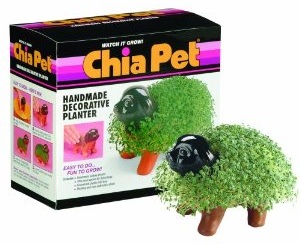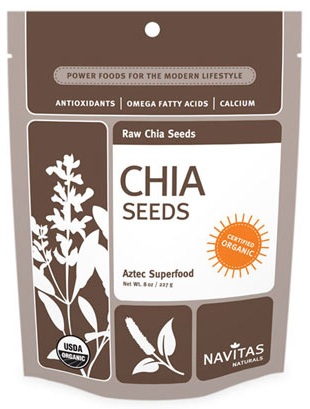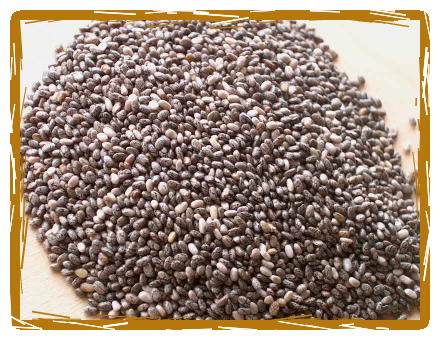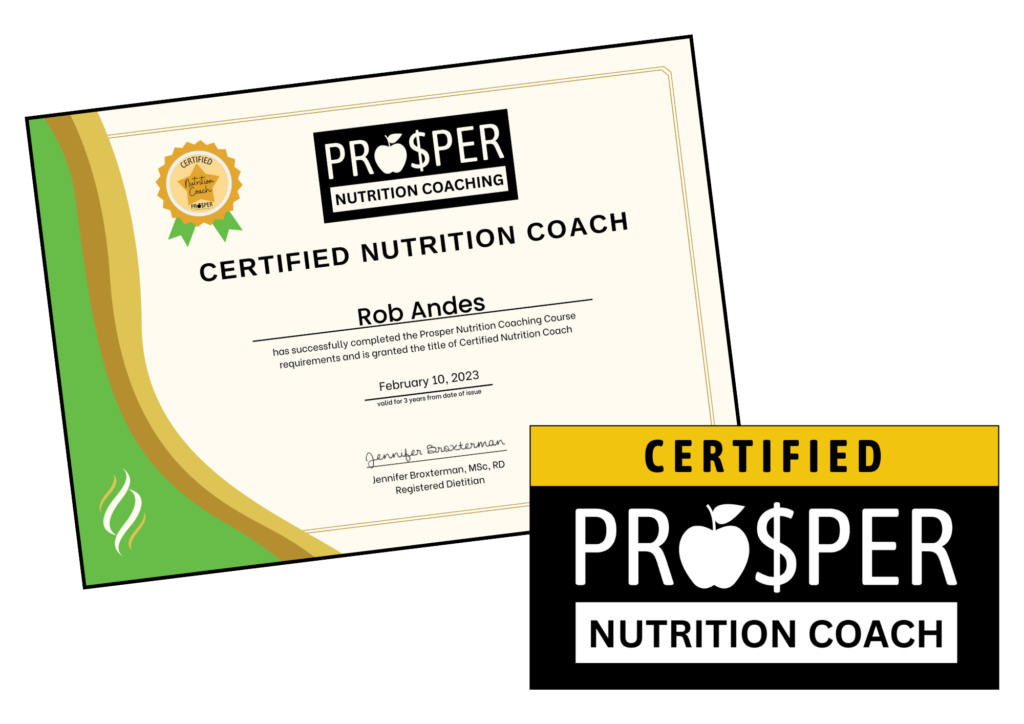

The Word on Chia Seeds
Written by: Lisa Doerr, BScH Foods & Nutrition Student
Reviewed by: Jennifer Broxterman, BScH Foods & Nutrition
Registered Dietitian & Sports Nutritionist
NutritionRx (www.nutritionrx.ca)
Email: info@nutritionrx.ca
When we say “chia”, most people think “pet” – the herb has roots planted deeply in 90’s kitsch, but its current reincarnation is making a home in the world of nutrition. High in protein, with more omega-3 fatty acids than flaxseed and twice as much fibre, the chia seed has been making a major name for itself as of late. Half a cup of chia seed packs as many omega-3’s as more than 10 servings of salmon would, and boasts as much calcium as 2.5 cups of milk and as much magnesium as 10 stalks of broccoli. So, why do we think of terracotta planters instead of wellness when we hear the word “chia”? Because science has yet to completely validate the hype.
It isn’t as if chia is a new discovery. It was first used by the ancient Aztecs in Mexico and Guatemala, who reportedly could run for days eating nothing but handfuls of the seed. While we recommend a more balanced, varied diet for your own personal day-to-day, the feat is impressive nonetheless. But despite ample empirical evidence endorsing the benefits of the chia seed, scientific literature surrounding the herb remains inconclusive. The good news is, multiple studies have shown the seed to decrease blood pressure and have a blood-thinning effect that rivals that of statin medications. It may also reduce blood glucose levels in both diabetics and non-diabetics, and could possibly decrease risk of cardiovascular disease. For the most part, though, there is a simple lack of research in the area and what research we do have is conflicting or incomplete. This does not mean that the seed isn’t beneficial – it is still an excellent source of omega-3’s, protein, fibre, and other nutrients that have proven health-boosting effects. We just do not have enough evidence to make conclusive claims about its effect on disease yet.
The seed is essentially tasteless and can be easily incorporated it into your diet. Chia sprouts can be added to a sandwich or salad just like alfalfa sprouts. They can be added to baking – either ground and added to the dry mix; or, if you soak 1 tablespoon of chia seeds in 3 tablespoons of water, they will gelatinize and can be used in place of an egg. For breakfast, you can do as Oprah suggests and add ground chia to a yogurt parfait, or you can prepare it like a hot or cold cereal (recipe: Super Chia Breakfast Cereal). You can eat the seeds whole, much like the Aztecs did in primordial Central America, or you can prepare them as a drink, another traditional Mexican way (recipe: Chia Fresca). As for procuring the seed, you can buy chia at some grocery stores, natural health food stores, or online. Or, you can grow your own chia – 90’s kitsch not included.

Comparison of Chia to Flax (whole seed vs. ground)
Health Canada. Food and Nutrition. Nutrient Data. Canadian Nutrient File, version 2010. [cited 2011 Jul 28]. Available from: http://www.hc-sc.gc.ca/fn-an/nutrition/fiche-nutri-data/index-eng.php
Wishing you health & happiness,
♡ Jen
Jennifer Broxterman, MSc, RD
Registered Dietitian
NutritionRx: happy, healthy living with our team of Registered Dietitians
Prosper Nutrition Coaching: a world-class nutrition coaching certification
+
+
+
Want to work with a NutritionRx Registered Dietitian?
Learn more here: Nutrition Packages & Rates
+
+
+
Want to become a Certified Nutrition Coach?
Learn more about our habits-based Prosper Nutrition Certification







